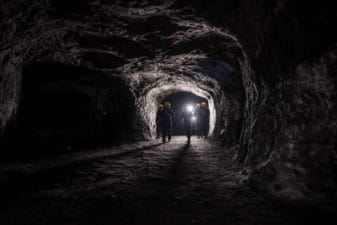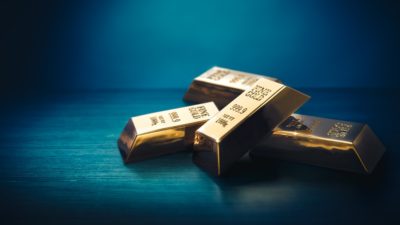Despite the claims by some pundits that silver, known as poor man’s gold, is overdue for a massive rally, there are signs that the white metal will remain weak over 2019. This is a tremendous deterrent against choosing to invest in primary silver miners, particularly when it is considered that even with gold firming to over US$1,300 per ounce, silver has failed to perform.
Lack of investment
The white metal is trading at around US$15 an ounce, which is around the same level as roughly three years ago, yet operating and exploration costs have risen significantly. This is placing considerable pressure on primary silver miners, especially those that are high-cost operators, like Endeavour Silver (TSX:EDR)(NYSE:EXK), which reported 2018 all-in sustaining costs (AISCs) of US$15.45 per silver ounce sold.
A key problem for many miners like Endeavour is that they operate aging mines with declining ore grades, causing operating expenses to rise and reserves to deteriorate. When a miner determines its precious metals reserves, it typically establishes a cut-off grade using a price for silver where it is economic to extract the metal from the surrounding ore. If prices remain low or fall further, then primary silver miners are forced to revise their reserves downwards, placing further pressure on their operations and finances.
You only need to look at First Majestic Silver (TSX:FR)(NYSE:AG), where ore grades and recoveries have been deteriorating at its two oldest silver mines, La Parrilla and Del Toro, causing AISCs to rise and production to deteriorate. This is having a sharp impact on the profitability of both mines and First Majestic’s overall performance. For 2018, it reported AISCs of US$14.95 per ounce, which was an 8% increase over 2017 and only marginally lower than the average price realized of US$15.53 per ounce, underscoring the headwind that weaker silver presents for First Majestic.
When these factors are coupled with sharply weaker silver and the precious metal’s stagnant outlook, it doesn’t bode well for them being able to generate the capital required to engage in much-needed exploration and mine-development activities. This is forcing many primary silver miners to consider placing their older mines in care and maintenance until the price of silver improves.
Weak outlook for silver
The reason for the white metal’s stagnant outlook is quite simple: consumption remains soft primarily because, unlike gold, silver is both an industrial and precious metal. The rise of other alternative assets, such as cryptocurrencies, has attracted capital, which would, in the past, have been invested in silver, while the much-anticipated surge in industrial demand hasn’t occurred.
According to the Silver Institute, demand for silver during 2018 contracted by 3% year over year. While the institute is more upbeat on the outlook for 2019, it doesn’t expect there to be any significant uptick in demand, nor will supply decline as sharply as some bullish pundits claim. The Silver Institute expects mine supply to fall by 2%, but this will be offset by an increase in silver production from scrap recycling.
This certainly isn’t good news for those high-cost producers like Endeavour and First Majestic.
What does this mean for the industry?
It also explains why other primary silver miners, like Fortuna Silver Mines (TSX:FVI)(NYSE:FSM), are increasingly attempting to pivot their operations to become gold producers. Fortuna is developing its 100% Lindero gold project in Argentina, which is an open mine that is 40% complete and scheduled to commence commercial production during the first half of 2020.
Lindero has proven and probable reserves of 1.7 million gold ounces and for its first year of operation is expected to produce 137,000 ounces of gold at an AISC of US$528 per ounce mined. Those are impressively low costs which underscore the considerable profitability of the mine with gold trading at over US$1,300 an ounce.
Not only will Lindero, on commencing operations, give Fortuna’s earnings a solid lift but also significantly reduce its reliance on silver. This is particularly important, because it is anticipated that the white metal will remain weak, yet gold will rally higher during 2019. This makes Fortuna an attractive play on higher precious metal prices for risk-tolerant investors.









